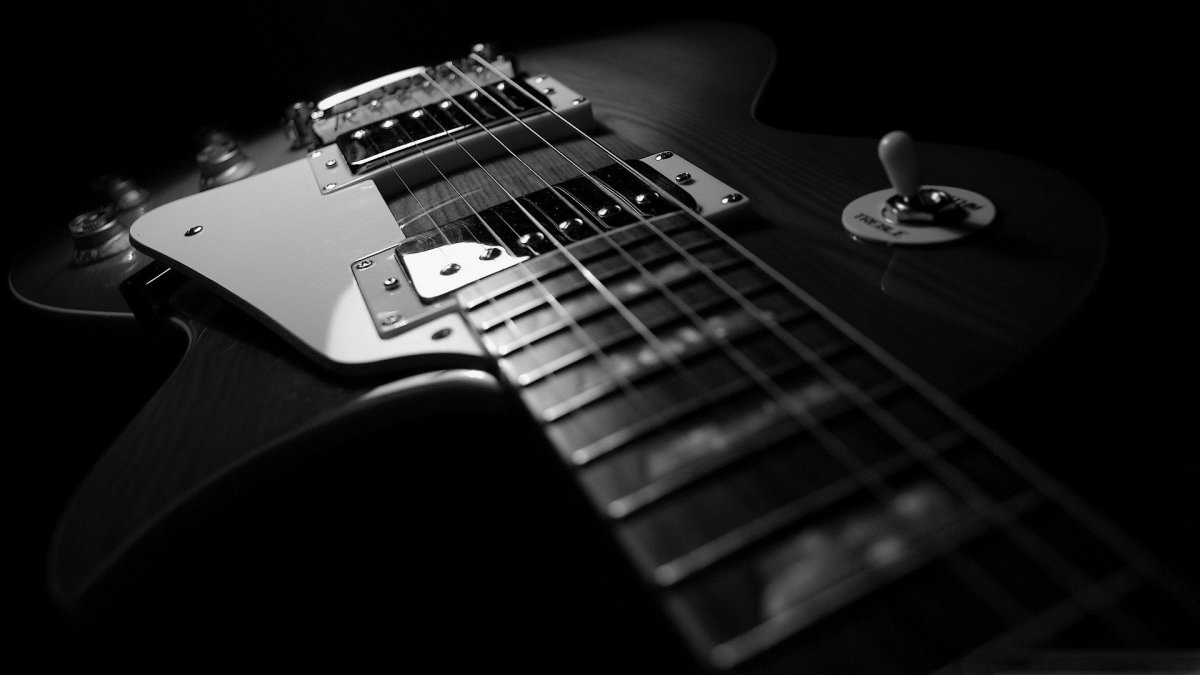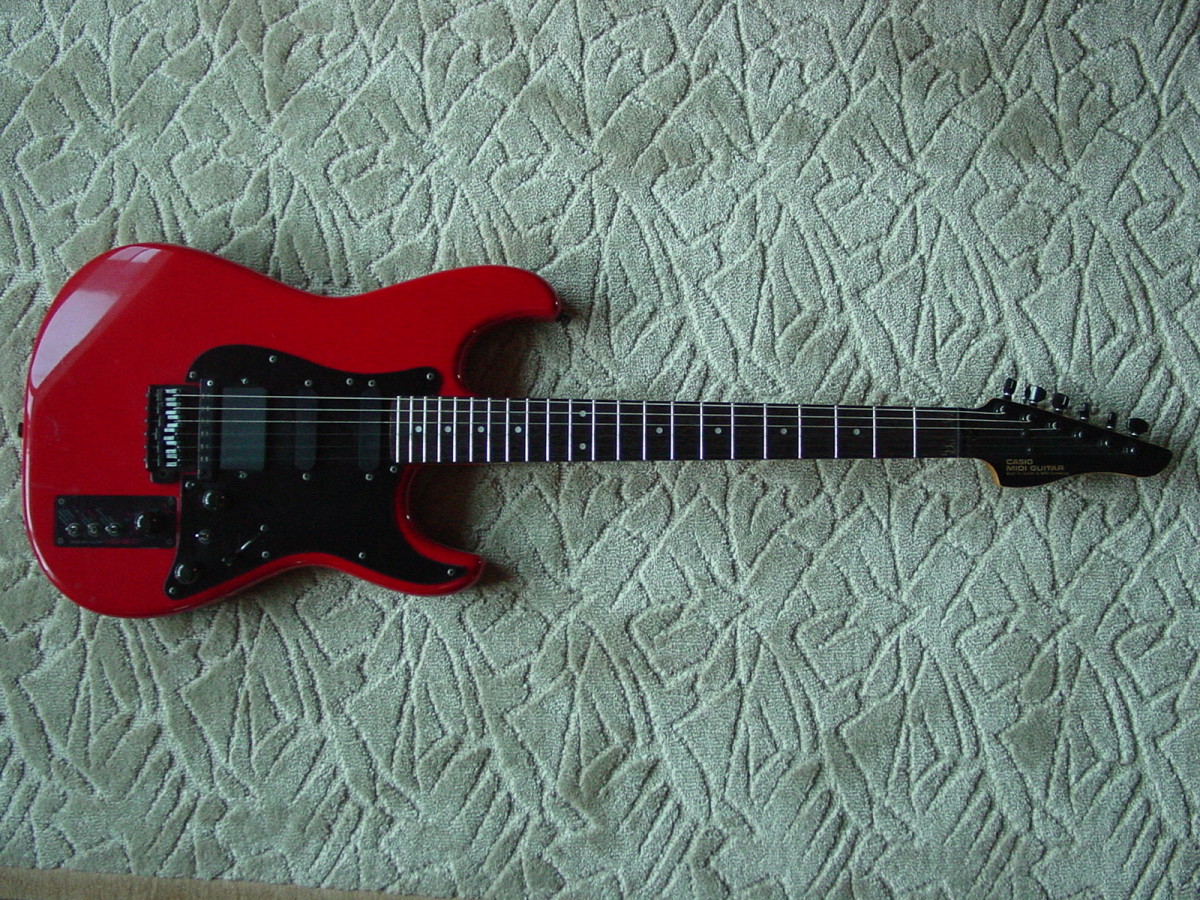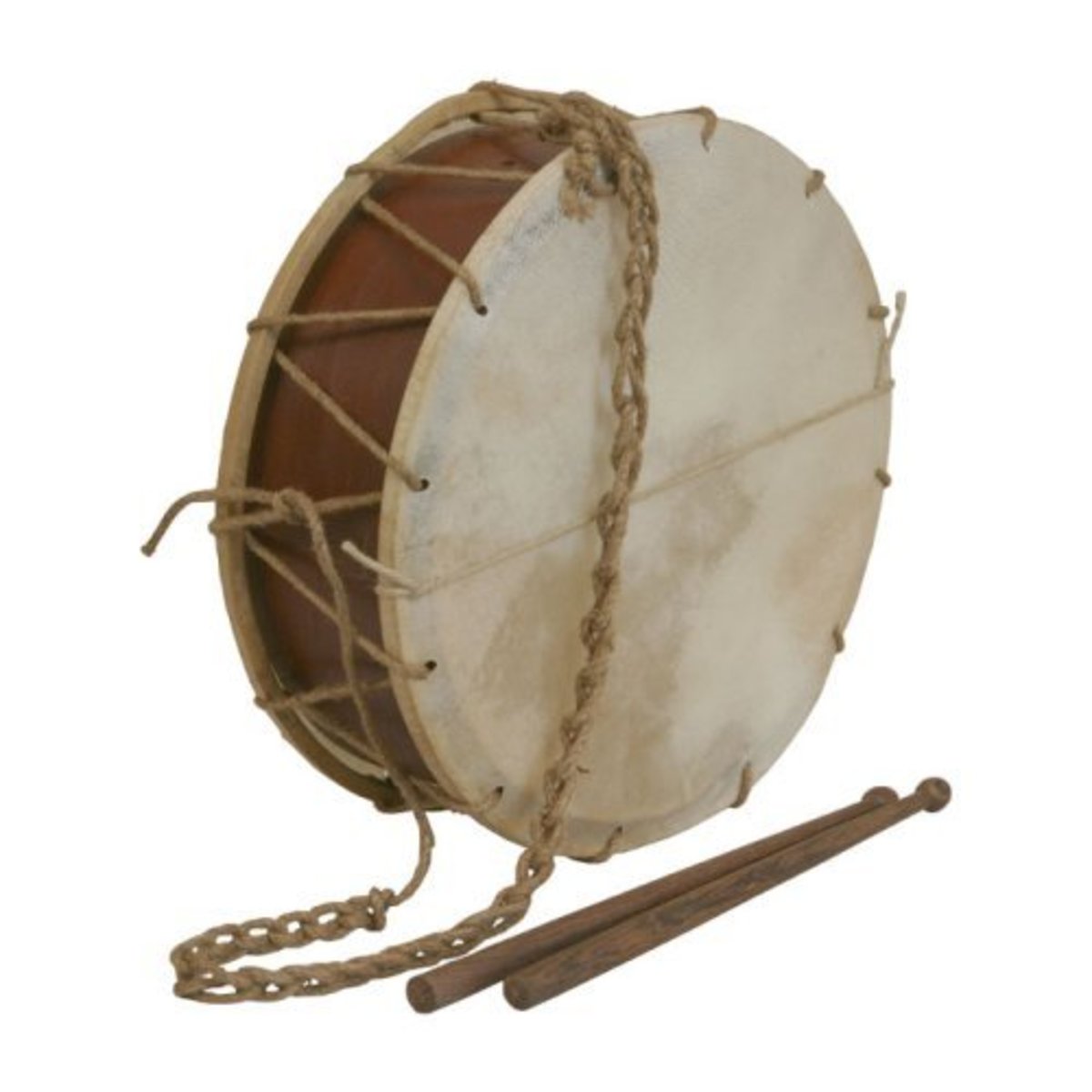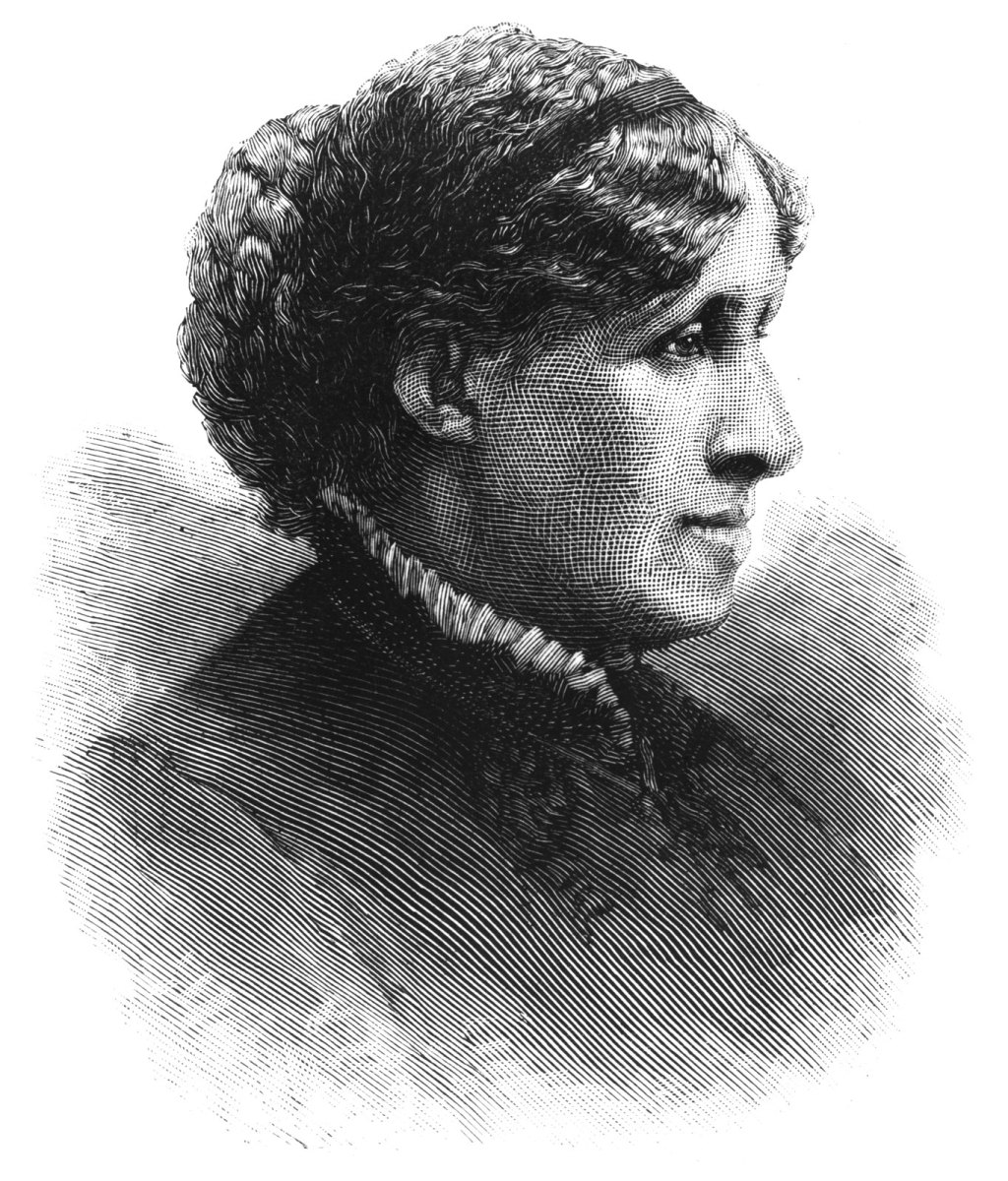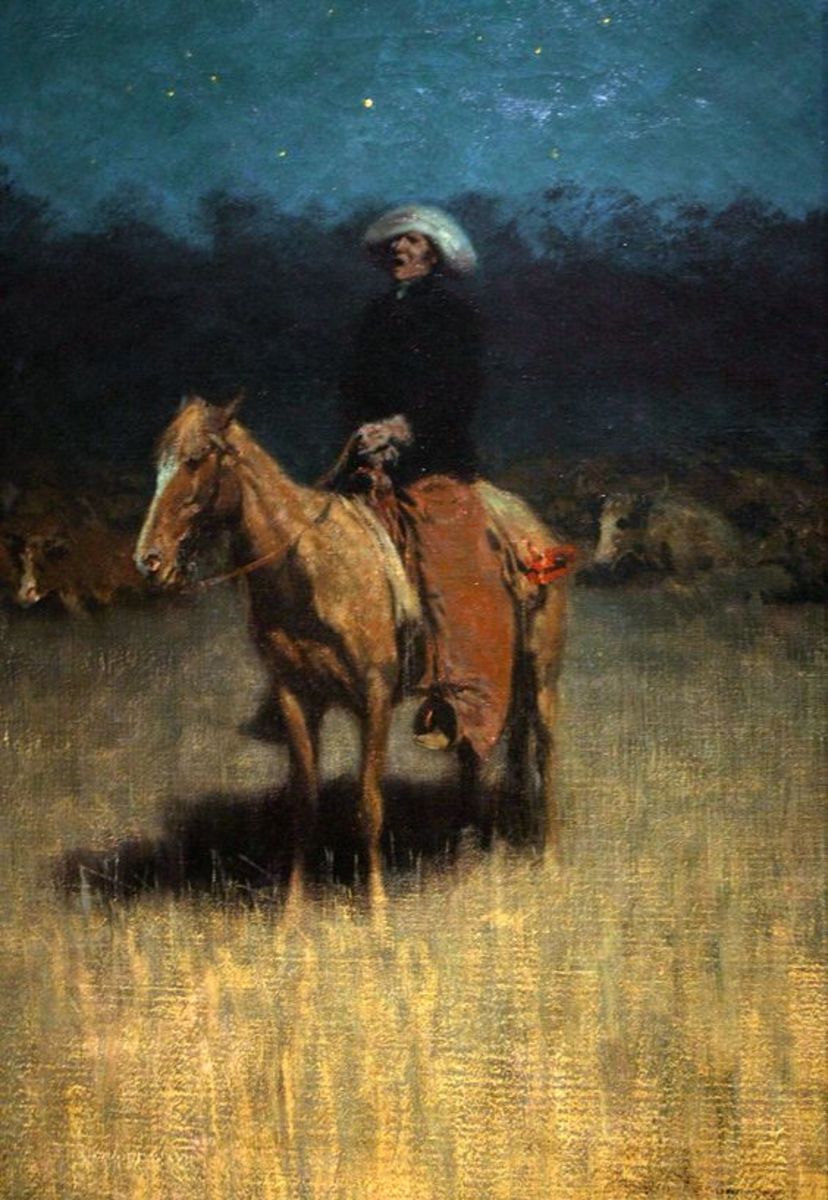Brief History of Guitar
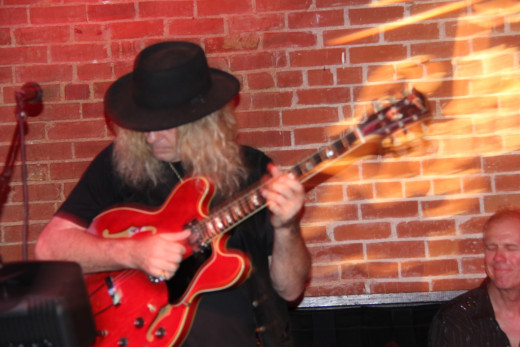
Guitar Then and Now
Starting with the twanging of a string on a bow, predecessors of the guitar went through many transformations. In ancient times there were three types of stringed instruments with countless variations: the harp, the lyre and the lute as they are called today. Of the three, the lute was the closest to the guitar. By the 15th century several instruments were vying for popularity, notable the lute and the six-string vihuella - but by the 16th century these finally gave way to the four-string guitar because of its smaller, lighter construction, and the ease in which it could be tuned.
By the end of the century a fifth string had been added, and by the end of the 18th century a sixth string. The Spanish guitar makers were the most influential, and their instruments were among the most popular in the world.
Throughout its history, the guitar has been looked upon from great disdain to loving adoration. It has represented upper class virtue or lower class vulgarity. The guitar has been the instrument of angels or the tool of the devil, and has risen from the gutters and the peasants, the poor and the underprivileged to the courts of Kings and Queens and back down again.
In today's society this contrast coexists with the respected classical guitarist on one hand to the "sex, drugs and rock & roll" attitude of many guitar wielding rock bands on the other. It has become the medium of self expression whether it was Andres Segovia executing beautiful melodies to hushed reverent crowds in concert halls, or Jimi Hendrix smashing his screaming, burning, feedback guitar at rock festivals. As well, it has become the most popular instrument in the world rivaled only by the piano.
The First Electric Guitar
Electric guitar plays a prominent role in so much contemporary music of the last 80+ years. It all started with its invention in 1931 by George Beauchamp, Paul Barth and Harry Watson of the National Guitar Corporation (later renamed Rickenbacker in 1934). This first electric guitar nicknamed the frying pan became commercially available in 1932.
Charlie Christian is often credited as the first jazz guitarist to record with an electric guitar while playing with Benny Goodman in 1939. Up to this point guitars in big band orchestras functioned as background rhythm instruments because they simply could not be heard in any other context. Christian was an amazing soloist who opened the doors to the possibilties of the guitar being an accepted jazz solo instrument and influences guitarists to this day.
Lead Guitar Solos
Related HubPages
- Jimi Hendrix Slow Song Rhythm Guitar Fills Technique...
Hendrix popularized the two-note chord hammer on and pull off rhythm fills in songs such as Little Wing and Castles Made of Sand. - French and Italian Opera in the Baroque Era
Comparison of French and Italian Opera in the Baroque Period - Modes in Music: The Basic Theory
A simplified explanation of how the modes in music work and some practical applications. - How To Play Rhythm Piano (Why should guitarists have...
The problem with traditional piano education is that it doesn't teach you how to play in a band. - Strumming Patterns for Beginning Acoustic and Electr...
An instructional overview on many of the nust-know strumming rhythm patterns for electric and acoustic guitar. - The CAGED Chord System For Guitar is Simple
There seems to be a lot of mystery and confusion surrounding the much lauded - Learn The 5 Positions of the E Minor Pentatonic Scal...
The minor pentatonic scale on the guitar, and particularily the E minor pentatonic scale is a blues and rock guitar staple. There have been so many guitar driven songs in this key that one could easily make a case for E being the starting place to le - The Many Ways to Make a Living Playing Guitar
Mark Fitchett discussing from his perspective how to survive playing guitar and the pro and cons of university education for guitar. - Guitar Neck Theory Understanding How The Notes on th...
An in-depth look of how the notes are laid out on the guitar neck. - How to Memorize the Notes on the Guitar Neck
This article will show you the best method ever of how to efficiently learn and memorize the notes on a guitar neck in the shortest amount of time.


